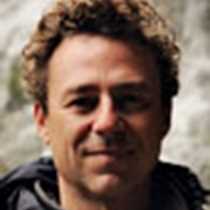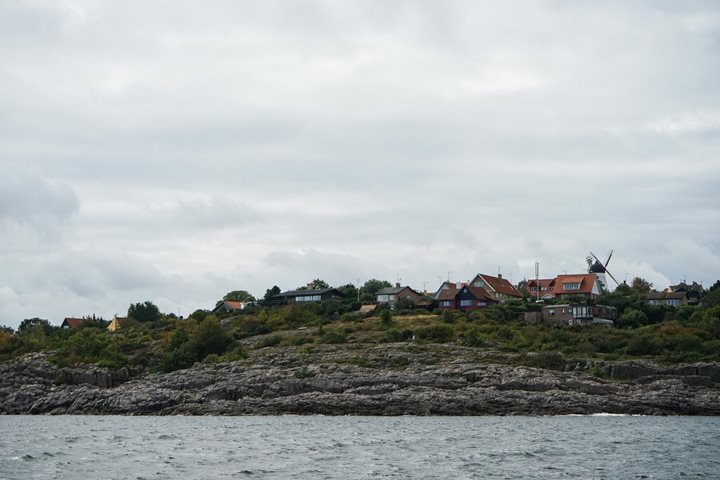Our day in Riga began with a mouthful of jellied pork tongue and ended with a waltz. This charming city, which just 25 years ago was hidden behind the Soviet Union's "Iron Curtain", is now a thriving, colorful, and cosmopolitan metropolis. Riga is blessed with some of the finest examples of Art Nouveau architecture and bustling with the energy of a people cherishing their independence, identity, and access to the world. In a country where being invaded, occupied, and controlled by foreign powers has long been the rule rather then the exception, the people of Riga have shaken off their fear that their current state of independence would be as short-lived as those of the past. They are definitely enjoying their moment in the sun.
Not that there was much sun during our day here. Indeed, a rainy day like today leads one to appreciate why so much of Latvian folklore, traditional songs, and mythology revolves around a fickle sun that spends much of its year shrouded behind clouds or below the horizon.
Luckily the rain held off in the morning long enough for us to enjoy relatively dry outings during the first part of the day. One group went off on a walking tour to explore some of Riga's striking Art Nouveau buildings, most of which were constructed between 1903 and 1914 (a time when Latvia was part of the Russian Empire). Not to be confused with Art Deco, a slightly later architectural style, Art Nouveau, or "new style", features flamboyant sculptures, imposing gargoyles, and floral motifs. Some of the most striking examples were designed by Mikhail Eisenstein, a Russian of Jewish heritage who also happened to be the father of Sergei Eisenstein, the Soviet Union's most famous filmmaker (Battleship Potemkin).
Another group visited the Central Market, located in a massive building that the Germans used to house dirigibles during World War II. They were treated to a tasting of the aforementioned jellied pork tongue, as well as a variety of pickles, rye bread, caraway cheese, honey, dried fish, heart-shaped cookies, and other local delicacies. The aperitif was a swig of Latvia's infamous Black Balsam liqueur, which is made from a variety of herbs mixed with vodka. Pungent and potent, one can only hope that its supposed medicinal properties counteract the damage it does to your esophagus and taste buds. The market was filled with colorful fruits and vegetables as well as colorful characters, especially the packs of hardy, buckled elderly women who clearly meant business. If there was a bargain or choice item to be had, they were surely not going to let it get wasted on some foreign tourist.
By lunchtime, the skies had opened up and the rain came pouring down. Three intrepid souls (out of 42 that had signed up) dared to brave the wet cobblestones on bicycle. Others traded their visit to the outdoor Ethnographic Museum for a warm and dry bus tour.
The rain let up a bit as dinnertime rolled around and we all headed out to an old town restaurant to enjoy a delicious meal and rowdy music and dancing provided by the band Iļģi and the Riga Dance Club. Renowned at home and abroad, Iļģi It has had a devoted following ever since they were founded 35 years ago. They provided a wonderful set of contemporary, upbeat songs inspired by ancient folk melodies. Halfway through their set, four members of the Riga Dance Club dressed in traditional costumes taught us some dance moves, and we did our best to keep from stepping on each others toes as we danced into the night. The final dance…a waltz.






